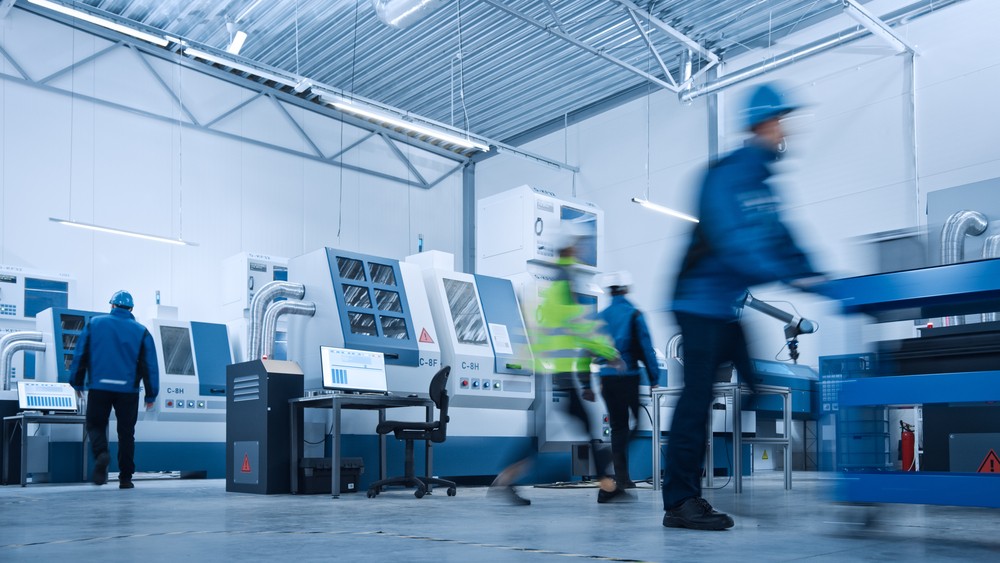5 Signs of an Over-Reactive Maintenance Approach

No one wants a fire. We can call firefighters if one occurs, and they can put it out safely, but wouldn’t it be better to avoid fire altogether?
Manufacturers should apply this same line of thinking to equipment maintenance: If you can prevent a problem, you should. When you’re constantly battling equipment issues, you’re taking a reactive approach to problems. For the sake of your equipment — and overall manufacturing operations — it’s time to get proactive.
A firefighting approach
Firefighting is an aptly named approach to equipment repair and maintenance. As with fighting an actual fire, there’s a race to extinguish detrimental problems and limit the damage they cause. By nature, firefighting is reactive: You wait until the fire occurs to put it out.
Many manufacturers firefight equipment trouble, whether by choice or default. While some default to, “If it ain’t broke, don’t fix it,” for most, an extensive maintenance backlog makes problems requiring a rapid “firefighting” response inevitable. Whatever the reason, a firefighting approach guarantees problems will be handled hastily instead of proactively. There’s a reason firefighting is also known as “breakdown maintenance.”

Over-reactive maintenance
If you’re constantly pivoting to repair or maintain equipment as it breaks down, your maintenance approach is over-reactive. Heed these five warning signs to avoid getting stuck with a firefighting approach:
- Ordering parts as needed. If you’re only ordering parts when it’s time for maintenance or repair, you’re leaving yourself no choice. Without a critical parts inventory, you’ll always be behind.
- Not budgeting for maintenance. Without a maintenance budget, you’re banking on the lowest possible maintenance costs each year. This inevitably leads to practices designed to avoid proactive maintenance, which drives up reactive maintenance costs.
- Deviating from planned maintenance. Don’t fall into the trap of assuming everything will keep working because it’s working right now. Stick to a data-driven, proactive maintenance schedule.
- Manipulating maintenance backlogs. Leapfrogging maintenance tasks because they’re difficult or time-intensive is a premature form of firefighting. A nonlinear schedule may work for a while, but eventually, you’ll be forced to react.
- Not benchmarking equipment. If you’re not tracking equipment performance, you’ll have no data for predicting maintenance problems. Whether it’s via the Industrial Internet of Things (IIoT) or manual inspections, asset performance data is a powerful tool in proactive maintenance.
In short, if you’re not taking strides to be proactive in identifying problems and servicing equipment before a breakdown, you’re defaulting to an over-reactive, firefighting approach.

Get proactive
It’s long past time for manufacturers to move from firefighting to a proactive maintenance approach. When you prevent a problem, you prevent the damage it could cause. Whether it’s getting on top of your maintenance backlog or addressing equipment issues before they’re likely to occur, now’s the time to get proactive.
